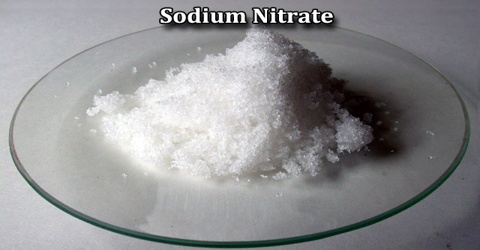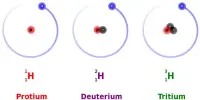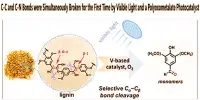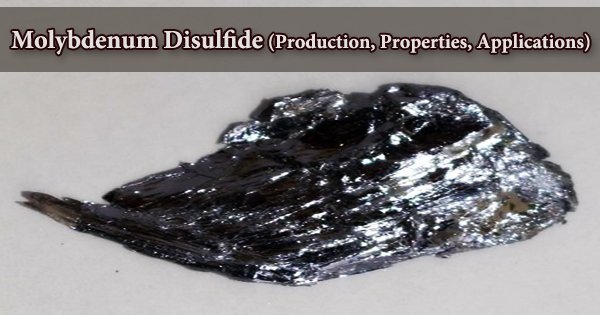Sodium Nitrate
Definition
Sodium nitrate is a poisonous, white, crystalline compound used in solid rocket propellants, in matches, as a fertilizer, and in curing meat. It is the chemical compound with the formula NaNO3. It is also sometimes called Chile saltpeter to distinguish it from ordinary saltpeter, potassium nitrate. Sodium nitrate can be obtained either from mining out of the ground or by chemical synthesis in a laboratory.

At room temperature, sodium nitrate exists as a solid white substance that easily dissolves in water. It is a readily available source of the nitrate anion (NO3−), which is useful in several reactions carried out on industrial scales for the production of fertilizers, pyrotechnics and smoke bombs, glass and pottery enamels, food preservatives (esp. meats), and solid rocket propellant. It has been mined extensively for these purposes.
Sodium nitrate has received a great deal of media attention because of possible health concerns. Sodium nitrate has been linked to the development of cancer, according to the February 2013 issue of “Nutrition and Cancer.” The risk of diabetes may also increase from consuming sodium nitrate.
Sources and Properties of Sodium Nitrate
Sodium nitrate is soluble in water, alcohol, and liquid ammonia. Sodium nitrate is also called soda niter or Chile saltpeter. It is found naturally in large deposits in arid regions of Chile, Peru, Argentina, and Bolivia as caliche, a crude, impure nitrate rock or gravel. Natural deposits are the major source of sodium nitrate; it is also obtained in small amounts as a byproduct of chlorine production by the nitrosyl chloride process, in which sodium chloride (common salt) is reacted with nitric acid. Sodium nitrate is used in making potassium nitrate, fertilizers, and explosives. It was formerly an important raw material for the production of nitric acid.
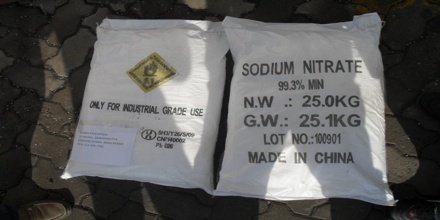
Sodium nitrate is also synthesized industrially by neutralizing nitric acid with sodium carbonate or sodium bicarbonate:
2 HNO3 + Na2CO3 → 2 NaNO3 + H2O + CO2
HNO3 + NaHCO3 → NaNO3 + H2O + CO2
The physical characteristic of Sodium nitrate – NaNo3 is powdery, but it is also found in the shape of rhombohedral crystals or big granular. Transparent to white is the color of Sodium nitrate – NaNo3, but it can turn into lemon yellow, gray, or reddish brown when impurities are involved. Sodium nitrate – NaNo3 has a density of 2.257 g/cm3, 1.5 to 2 on Mohs scale of hardness with specific gravity 2.266. Sodium nitrate – NaNo3 melts in 308°C, and in higher temperatures, Sodium nitrate – NaNo3 decomposes into NaNO2 and O2. At 25°C, its percentage of solubility in water is 47.6 percent, while at 100°C it is 64.3 percent.
Uses of Sodium Nitrate
Sodium nitrate (NaNo3) has been used industrially in a number of work fields ranging from agriculture to food industry. Serving the agricultural purposes, Sodium nitrate is used to make fertilizers. As one of the fertilizer’s ingredients, Sodium nitrate acts as the substance that increases the amount of nitrogen contained in the soil. Sodium nitrate is considered as the suitable ingredient for the purpose due to its 16% of nitrogen as well as the under 2% of moisture feature.
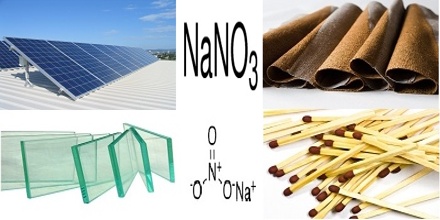
It is used in a wide variety of substances, including enamels made of pottery or glass, as well as explosives, fertilizers and rocket fuel. Because sodium nitrate possesses potent antimicrobial properties, it is also used as a food preservative, especially in cured meats such as bacon and lunch meats. Using sodium nitrate as a preservative can prevent food poisoning caused by botulism and other types of bacteria. Adding sodium nitrate to meat also helps give cured meats a deep red color.
Reference: livestrong.com, dictionary.com, nuansakimia.com, wikipedia.
